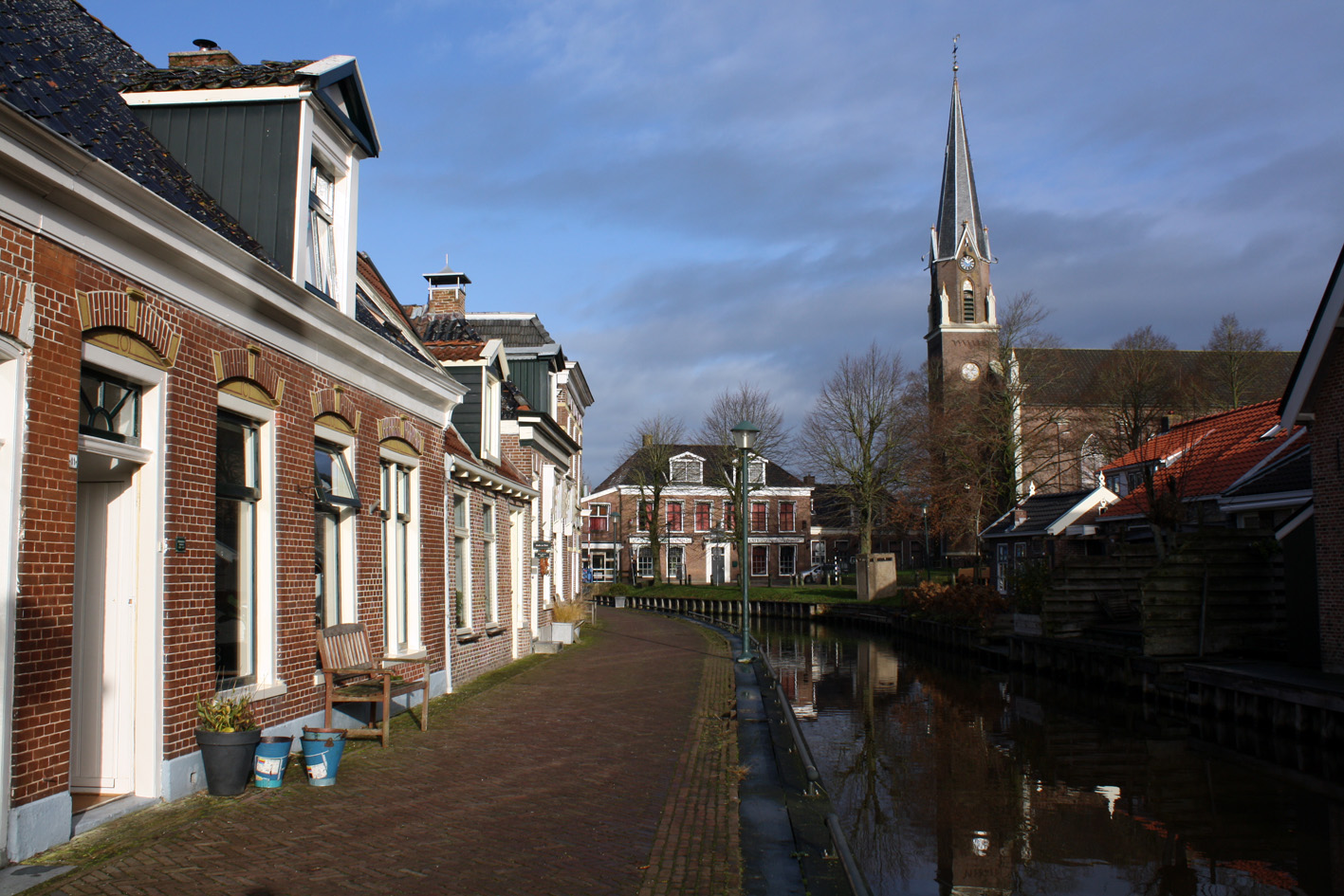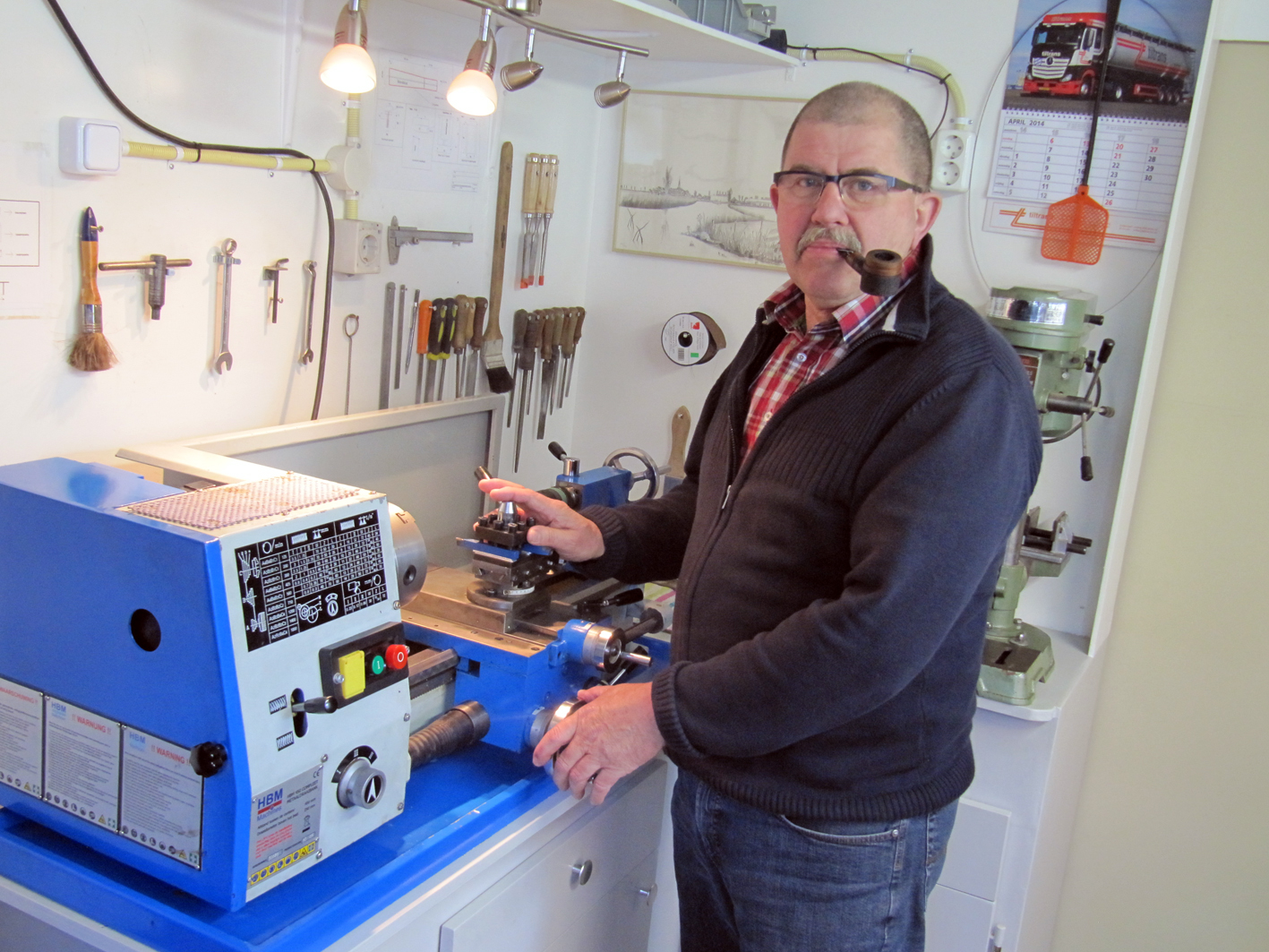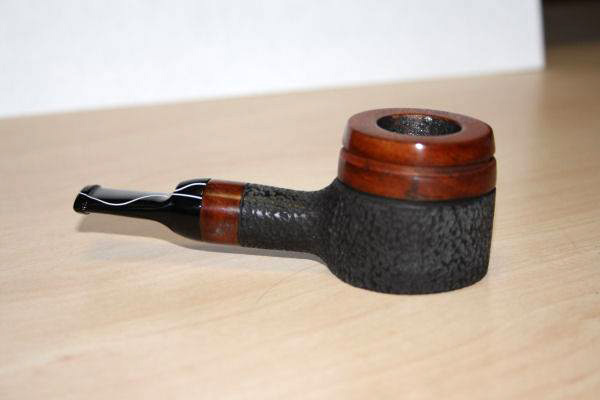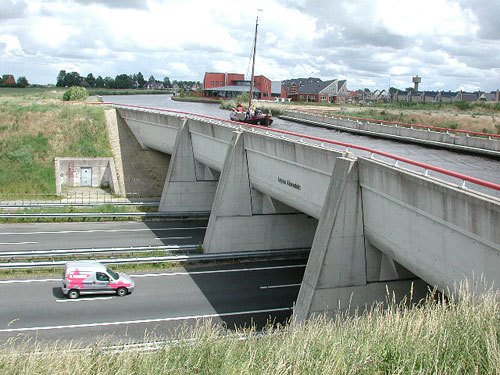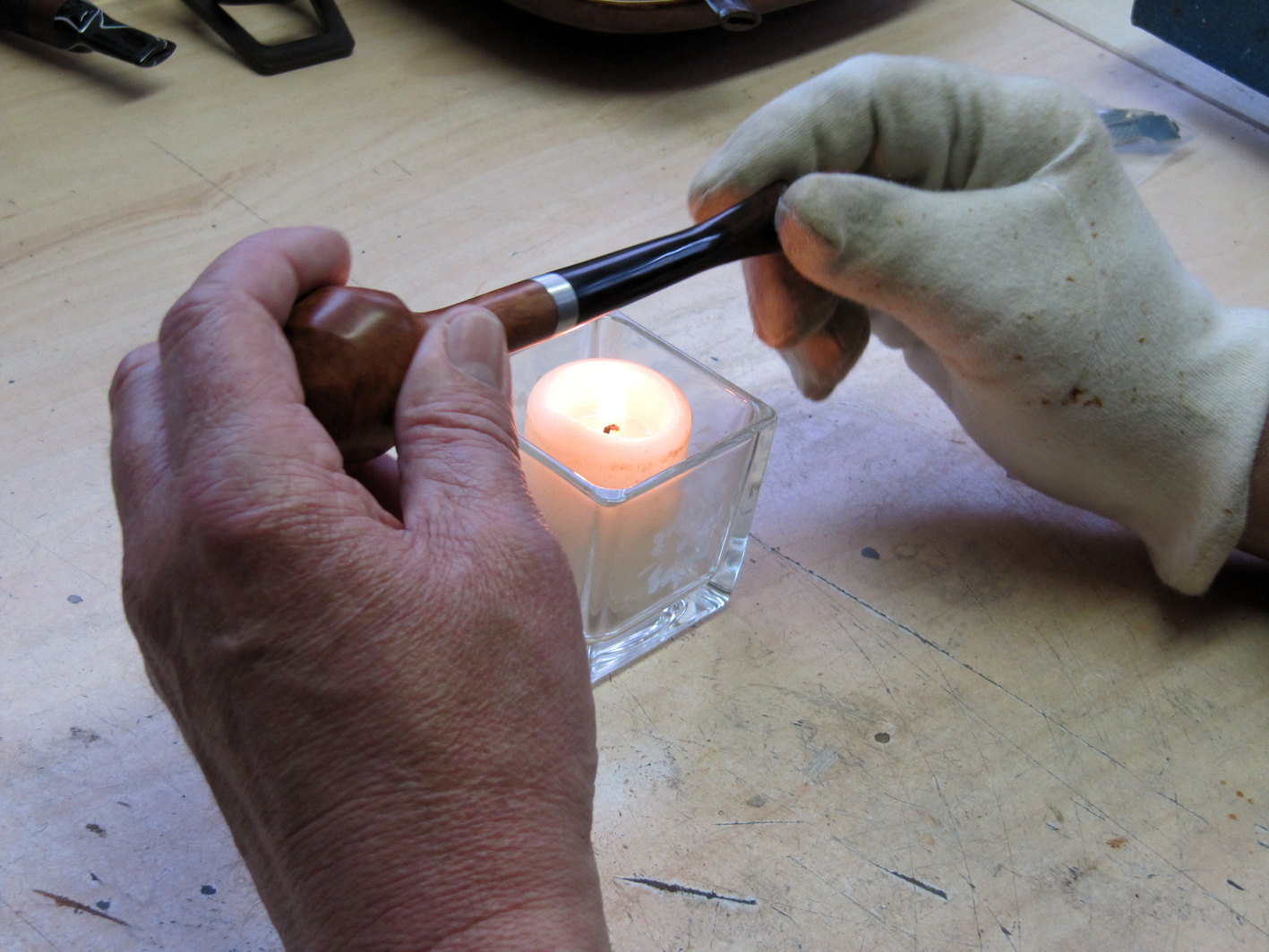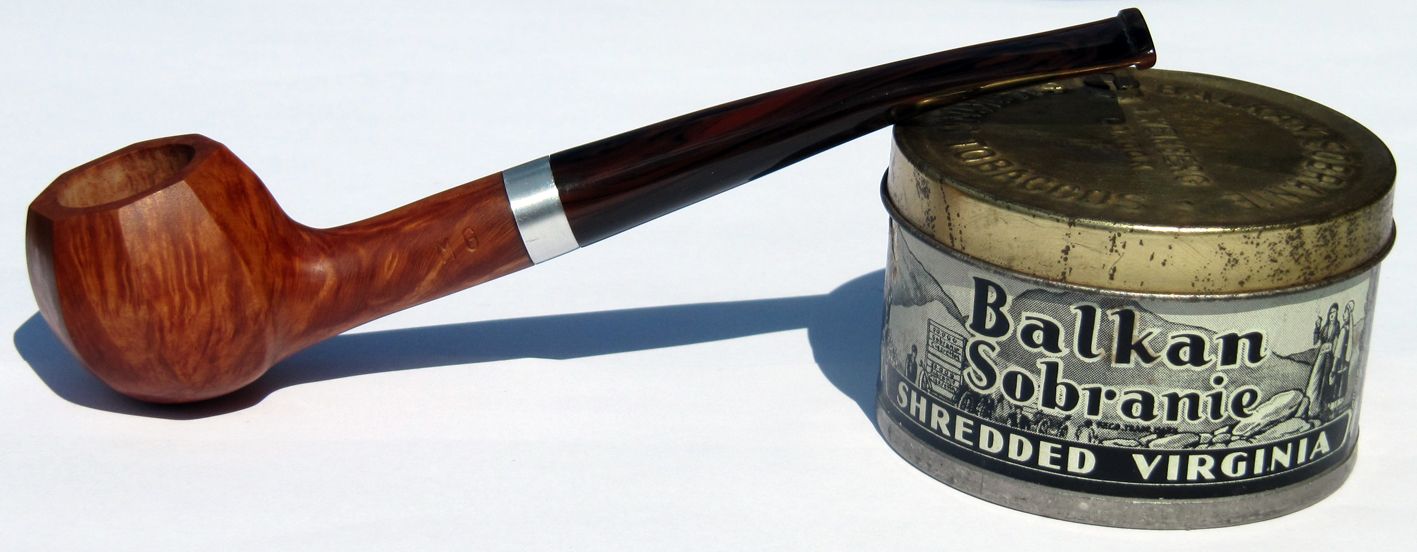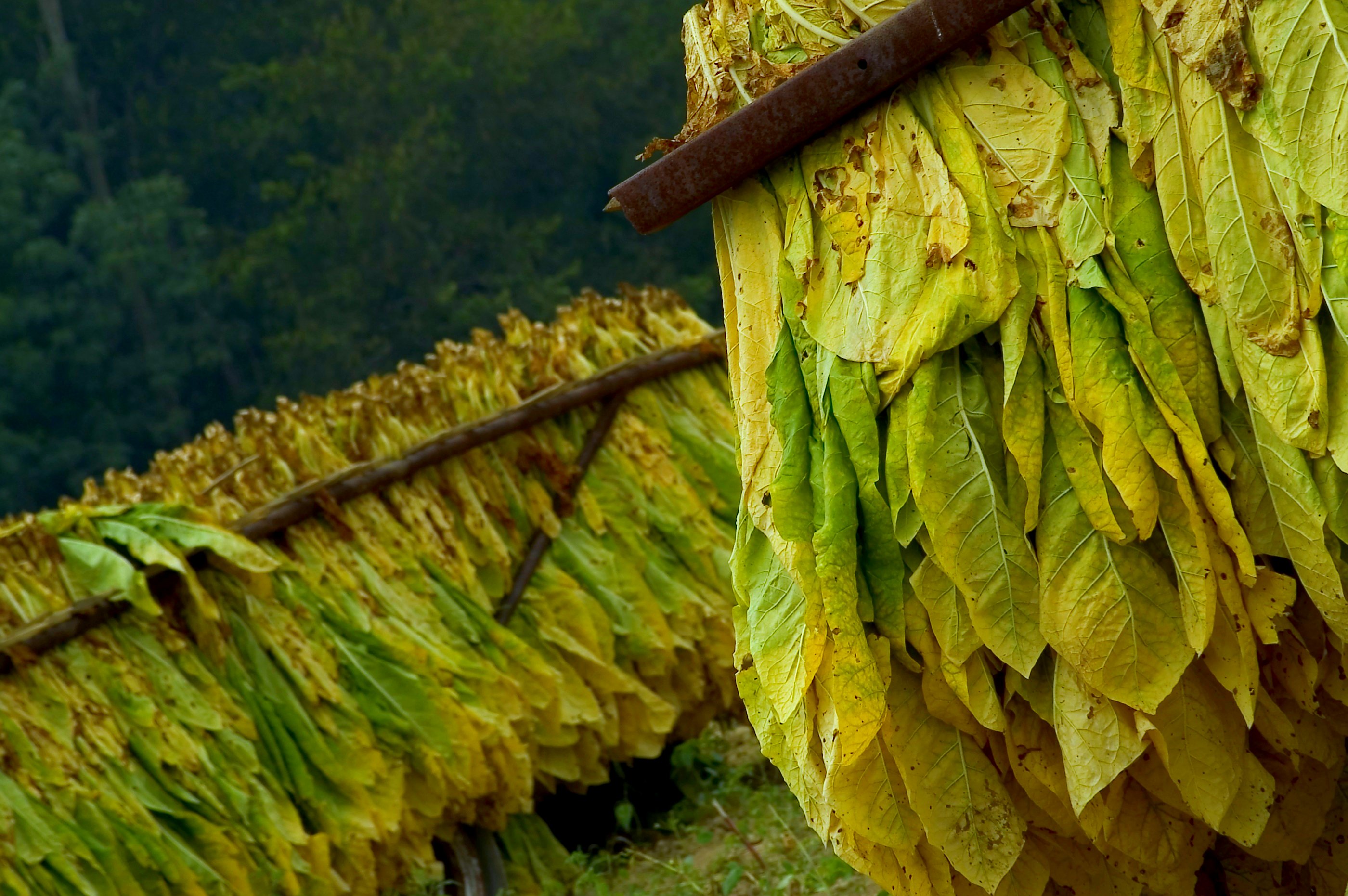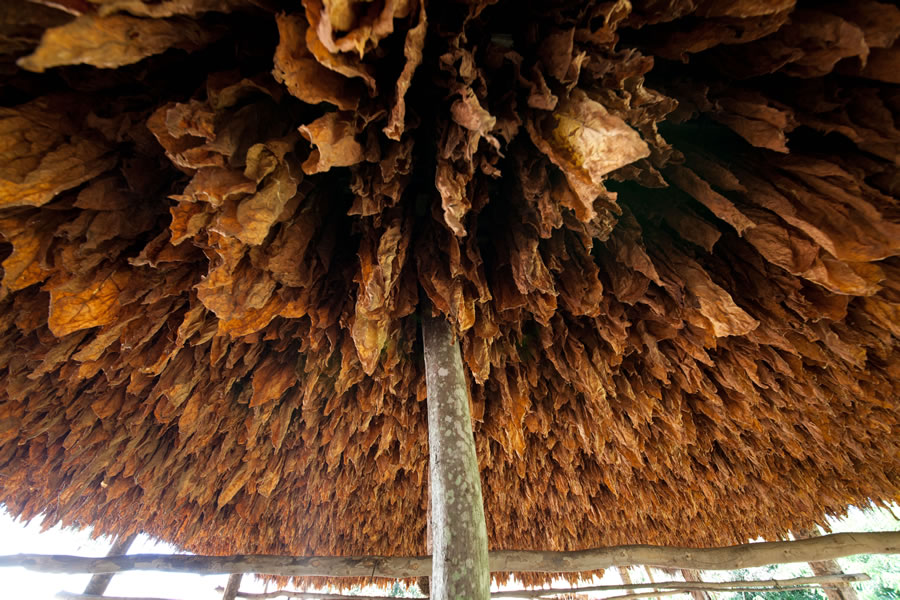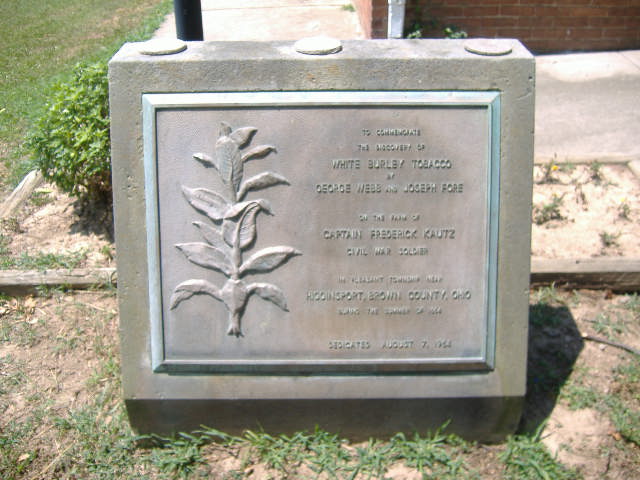In the Northwest of the Netherlands the province of Friesland is situated (“Fryslân” in the Frisian language, yes they do have their own language). A lot of Dutch people go there on vacation because of the beautiful nature (lots of lakes and canals) and peace and quiet. Friesland is one of the less-densely populated provinces in the Netherlands. It is also well-known for ice-skating, a lot of champions come from Friesland and if there is a very cold winter the famous Elfstedentocht is organized. And it is in a small village in the heart of “Fryslân” where pipe-maker Meindert lives.
Meindert is 64 years old, a long time pipe-smoker, retired and a Frisian man in heart and soul. That means he is proud, honest, righteous, loves to be on the water, works hard and takes no bullshit from no-one. Working with his hands is also something that is in his blood. His father was a professional carpenter who could make anything out of wood and was not afraid of showing the tricks of the trade to his son. Also for years Meindert was a maintenance mechanic at a local factory and one of his hobbies was being a radio amateur so for that he build small and big antennas. Unfortunately he got problems with his heart and after having seen the gates of Saint Peter twice he was forced to slow things down. But Meindert is not the man to take it easy and do nothing. So through Fred, a member of the Dutch/Belgian pipe smokers forum and Dutch importer of Mr. Brog and Country Pipes he got into pipe making about 8 months ago. That was something which required little physical effort and was perfectly suited for the still recovering Meindert.
On the forum he posted several of his finished pipes and although some of them lacked a certain finesse I could clearly see that Meindert had talent and skills. After making a couple of prince-shaped pipes (my favourite shape) I decided to ask if he could create one of those for me. But I wanted to test the man. I did this by asking if he could make one of the most challenging shapes in my eyes: the 8-side panelled prince. This because it is a combination of symmetry (all corners must be 45 degrees from each other) and flowing elegance. Gracefully Meindert accepted the challenge and got busy.
One of the best things about him is that he can accept constructive criticism. Some pipe-makers are headstrong, have a sort of impenetrable ego which holds them back from getting better. I know sh*t about wood-working and all the machinery (I was born with 2 left hands) but I do know something about flowing lines, symmetry and cohesion in a design. And Meindert is very handy but could learn a bit more about flowing pipe shapes and the little details that comes with such. So he was ready to accept criticism from my side when he send the first pictures of the prince-making process. I would look at them, make corrections in Photoshop and tell him why I did that. For example he mailed me a photograph of the unfinished bowl and by putting lines, arrows and digitally reducing excess wood I could let him know what to do. Of course he was not able to always precisely do what I asked but with every correction he made the pipe got better. The devil is in the details and boy, I sometimes was a real demon. But Meindert never did bulge under my pressure, kept eager to learn and continued delivering the goods. And how good he was was proven when Fred made a visit. Meindert showed him my prince and told him that getting every panel to look exactly the same was a tough job. Fred looked amazed at the pipe and told that such pipes normally are made in machines in pipe-factories where the angle of cutting can be programmed. Something I did not know. So in fact I asked Meindert to be as precise as a machine. And he came damn close!
At the beginning of last week Meindert informed me that he had almost finished the pipe. The only thing left to be done was the bending of the cumberland stem but I thought it was a good idea to do that when I was with him. Of course I was going to pick up the pipe myself. I am a bit ashamed to say this, but I have never been in Friesland before. I grew up in Brabant in the South of the Netherlands so for a long time Friesland was almost like an exotic country to me. However, now I live in the province of Overijssel and that is quite a bit closer to the North of my country. Last Friday I took a day off and drove to the heart of “Fryslân”. An enjoyable ride if I may say so. When I drive to Brabant where the head-office of my work is located the roads are always busy and often I get caught up in a traffic jam. The journey North was deliciously quiet with nice far stretched views of the countryside. Suddenly I saw in the distance something that looked like a train slowly passing over a viaduct. When I came closer I noticed to my amazement that it was not a train, but a large river boat which gradually floated above the highway. What I had seen was an aqueduct, something which exists for a long time but was new to my eyes in this form. So strange to see a big ship above you.
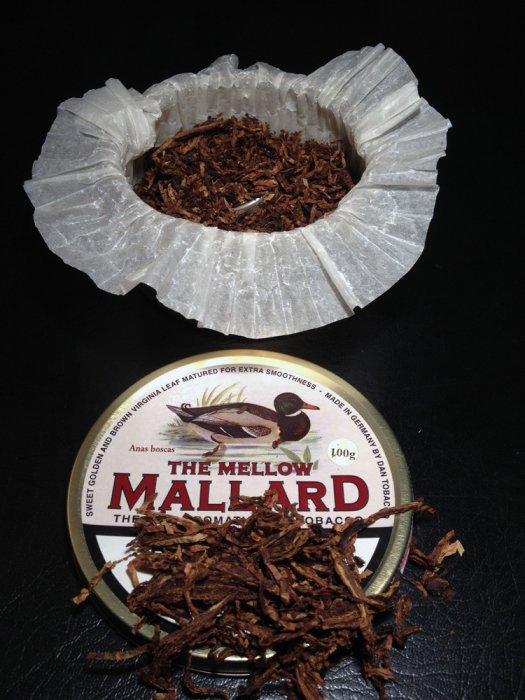 At exactly 2 o’clock I arrived at a petrol station in the village where Meindert lives and phoned him up. This because he lives at the waterside where no car can come. Soon he came walking out of a small side-street and gestured me to follow him. We arrived at the back of his home and shook hands. So nice to see him after all our e-mails. He guided me into the renovated shed of his house which was divided in 2 parts: his working room and the computer room. We sat down in the working room and lit up a pipe. *Pheww* “You are smoking latakia right?” Meindert asked. “I like aromatics myself, I never understood why people like the smell of burned rubber.” “Well, the taste is vastly different than the smell, believe me” I said. Luckily we don’t all have the same tobacco preferences. But I knew Meindert liked a sweet smoked so I brought a couple of aromatic tins that he could keep. In return he had some tobaccos for me which included the Mellow Mallard made by DTM. A blend I did not know but after smoking a couple of bowls I now really like!
At exactly 2 o’clock I arrived at a petrol station in the village where Meindert lives and phoned him up. This because he lives at the waterside where no car can come. Soon he came walking out of a small side-street and gestured me to follow him. We arrived at the back of his home and shook hands. So nice to see him after all our e-mails. He guided me into the renovated shed of his house which was divided in 2 parts: his working room and the computer room. We sat down in the working room and lit up a pipe. *Pheww* “You are smoking latakia right?” Meindert asked. “I like aromatics myself, I never understood why people like the smell of burned rubber.” “Well, the taste is vastly different than the smell, believe me” I said. Luckily we don’t all have the same tobacco preferences. But I knew Meindert liked a sweet smoked so I brought a couple of aromatic tins that he could keep. In return he had some tobaccos for me which included the Mellow Mallard made by DTM. A blend I did not know but after smoking a couple of bowls I now really like!
Soon the lovely wife of Meindert boldly defied my latakia fumes and brought a cup of coffee which gave me the opportunity to look around the working space. What really struck me was how tidy and organized it was. All the machines were clean and every hand-tool had a logical place and was neatly attached to a wall or placed in a tray. I complimented him with this because I know that some other pipe makers have pretty chaotic working rooms. “One of the first things I learned when I had a working space were the 3 golden rules: light, space and warmth.” Meindert said. “Light because you have to able to clearly see what you are doing. Space as in not having a big room but having the space to be able to properly do your job. Warmth because you can’t work well with cold muscles.” What I also liked were all the old hand tools that Meindert inherited from his father. Where for example a lot of pipe makers use machinery to make their stems Meindert uses his father’s tools. All handwork.
After the second cup of coffee it was time to see what I have came for, my panelled prince. It was smaller than I thought but nonetheless I was pleasantly surprised. It looked better than on the pictures! The acrylic cumberland stem still was straight so Meindert got to work by lighting a candle. Huh? Is he praying for good luck this way or…? I know that pipe-maker Vandaahl uses some kind of industrial blow dryer to heat up the stem for bending. It turned out that Meindert was warming up the stem the old fashioned way. Very tricky and when I nervously looked at him he had to laugh, relax! At bit above the candle-flame he slowly rolled the stem of the pipe around and around with a steady hand. Suddenly I saw that a part of the stem became flexible and Meindert carefully bended it following my directions. I made a comment before that he had a tendency to bend his prince-stems too close to the shank so while I looked over his shoulder he asked if it was ok. Ehhrrr.. Yes?
When the stem had cooled down I was able to properly examine the pipe. Damn! The bend could be a bit more but worse, the stem was crooked, it had a deviation to the left. So Meindert heated it all up again and made the correction. Hmm, better but there was a tiny bump on top. No problemo, some fine sanding paper took care of that. But still the bend could be more. Heating, bending, arghh! A good bend but once again crooked! Really, if I were Meindert I would have kicked myself out of the door. But he stayed ice-cold and once again bended the stem. Perfect! I breathed a sign of relief while Meindert buffed the pipe to a shiny whole.
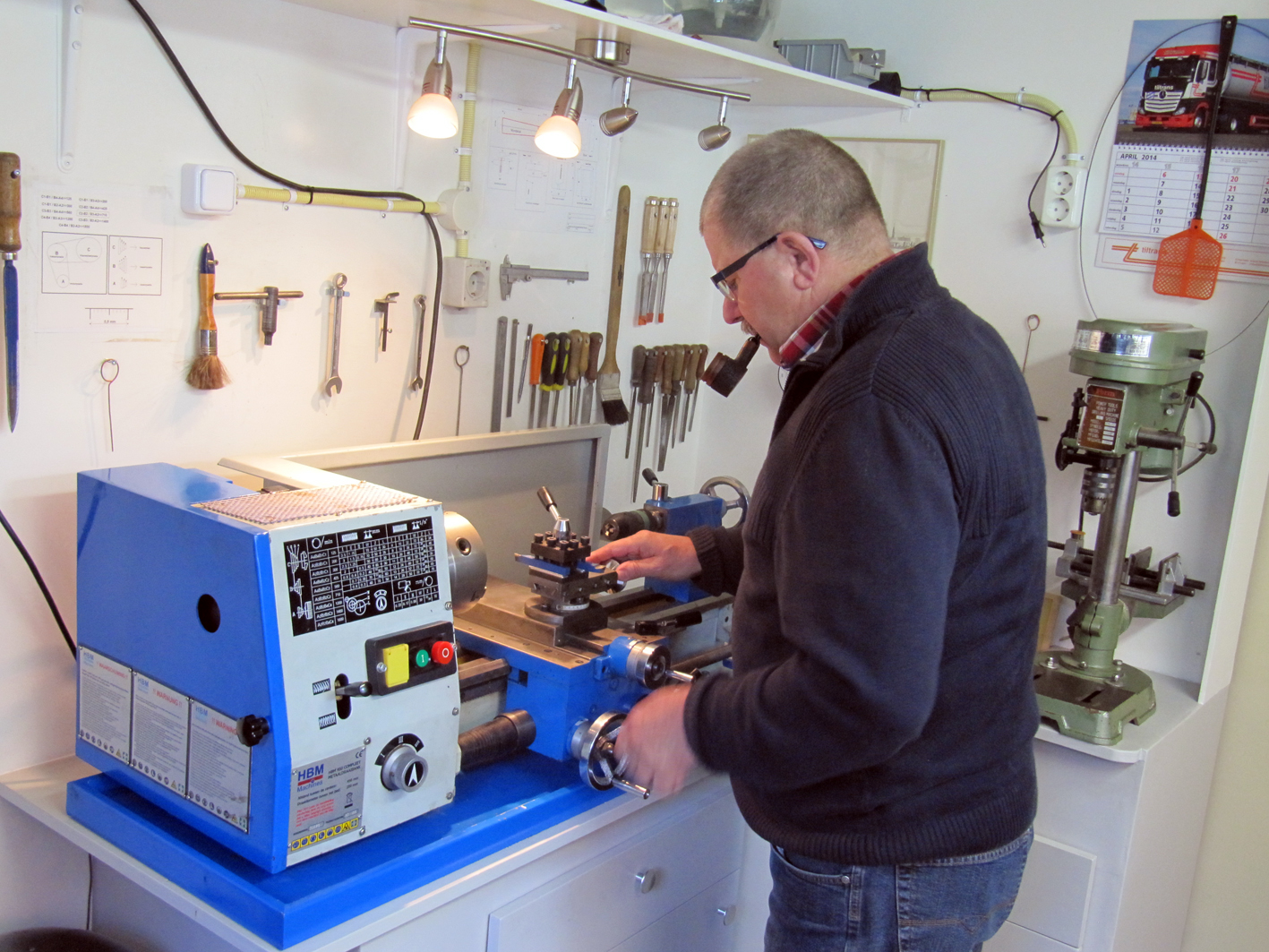 Oh wait! I almost forgot, I still had to perform my pipe-cleaner test. That means that when I fold one of my pipe-cleaners it has to pass the smoking channel pretty easy. And it didn’t.. I asked which drilling diameter was used. “The one Peterson uses (Meindert is a huge Peterson fan), 3.0 mm.” Ahh.. That explains.. Fortunately making the drilling wider was no problem. 3.1 mm, 3.2 mm.. “Meindert” I said “please make it 3.5 mm, that should do the trick.” And indeed with 3.5 mm my pipe-cleaner went through the smoking channel effortlessly. I told him that you also get a better draft with 3.5 mm and thus a better smoking experience. Meindert thought that was very interesting and he is going to experiment with it.
Oh wait! I almost forgot, I still had to perform my pipe-cleaner test. That means that when I fold one of my pipe-cleaners it has to pass the smoking channel pretty easy. And it didn’t.. I asked which drilling diameter was used. “The one Peterson uses (Meindert is a huge Peterson fan), 3.0 mm.” Ahh.. That explains.. Fortunately making the drilling wider was no problem. 3.1 mm, 3.2 mm.. “Meindert” I said “please make it 3.5 mm, that should do the trick.” And indeed with 3.5 mm my pipe-cleaner went through the smoking channel effortlessly. I told him that you also get a better draft with 3.5 mm and thus a better smoking experience. Meindert thought that was very interesting and he is going to experiment with it.
The rest of the afternoon went by too fast. Before I knew it it was 6 o’clock and I had to go home. We shook hands again and I hit the road. The next day I smoked the panelled prince for the first time and I was delighted! The bit felt very comfortable between my teeth, not too thick and also not too thin, just perfect. Of course smoking a pipe for the first couple of times is not really fun because a layer of cake still has to form inside the bowl. But nonetheless I was impressed about the smoking qualities. I also kept looking at the pipe form every angle. I am sure almost every pipe-smoker sometimes takes the pipe out of his mouth and admires it. I sure did that with Meindert’s pipe and am still doing it.
Meindert has to take things slowly because of his health. So if you are interested in him making a pipe for you (he makes about 1 pipe per week) please contact me and I will connect you through.

